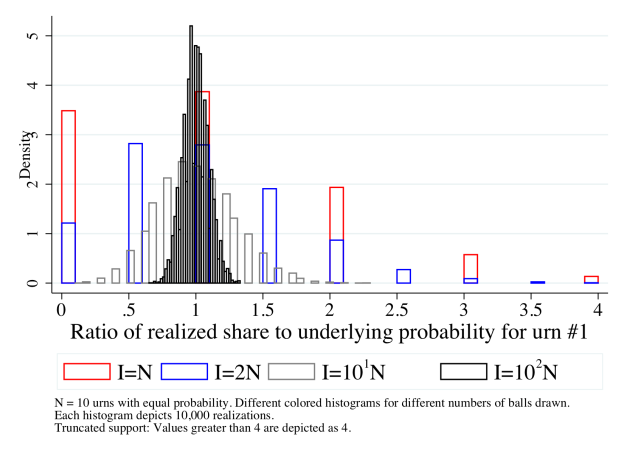Spatial economists use the word “amenity” in two imperfectly aligned ways. The first refers to place-specific services that are not explicitly transacted and hence do not directly appear in the budget constraint. The second refers to place-specific residuals because the researcher lacks relevant price or expenditure data. Sometimes these concepts are aligned, but they are far from synonymous.
These inconsistent notions co-exist in part because the phrase “urban amenity” is often used without being explicitly defined. Consider Jennifer Roback’s landmark 1982 JPE article, which “focuses on the role of wages and rents in allocating workers to locations with various quantities of amenities.” Roback estimates hedonic valuations of crime, pollution, cold weather, and clear days, which clearly satisfy the first definition since an individual cannot buy cleaner air or more sunny days except by changing places. But Roback (1982) never explicitly defines the word “amenity”.
Another 1982 publication, The Economics of Urban Amenities by Douglas B. Diamond and George S. Tolley, discusses the appropriate definition of amenities at length. They start with “an amenity may be defined a location-specific good”, but shortly warn that “such a concise definition also hides important nuances of the amenity concept that must be clearly understood before applying the concept to the full scope of urban and regional analysis.” Five pages of discussion follow. The crucial idea is that “amenities, like other goods, affect the level of either firm profits or household satisfactions. But, unlike for other goods, increments to amenities can be gained solely through a change in location.” This is in line with the first notion of an amenity.
In recent empirical work in urban economics, amenities are often residuals. Just as productivity is a residual that rationalizes output quantities given observed input quantities, amenities are residuals that rationalize residential choices given observed location characteristics. In Rebecca Diamond (2016), she defines “amenities broadly as all characteristics of a city which could influence the desirability of a city beyond local wages and prices.” This is sensible, but it is distinct from the first notion of an amenity. In particular, when available price data cover a smaller set of local goods and services, there is more residual variation that is labeled as an amenity. In a sufficiently data-scarce empirical setting, housing would be an amenity in the second sense.
The recent literature on “consumption amenities” or “retail amenities” illustrates the tension between the two definitions of amenities. Restaurant meals are often labeled a “consumption amenity”. Restaurant meals have a location-specific component: bigger cities have more varied restaurants, and households infrequently consume meals in other cities. But they are a non-traded service: they are excludable, priced, and enter the household budget constraint. More generally, the prices of traded goods vary across locations. Diamond and Tolley discuss this case: “a good may be excludable and thus rationed by price at a given location, but the price may vary across locations. In this case, it is the option to buy the good at a given price, and not the good itself, which is location-specific and thus an amenity.”
I have not seen trade economists treat “the option to buy the good at a given price” as an urban amenity. Rather, if one can write down, say, the CES price index for traded varieties, then one does not need to further value the option to buy a particular variety at a given price, because the CES price index incorporates this as spatial variation in the marginal utility of a dollar of traded goods consumption. Allen and Arkolakis (2014), for example, estimate local CES price indices and define amenities as utility shifters that do not appear in the budget constraint. Krugman (1991), a seminal contribution in which workers are attracted to locations with lower prices of traded goods, does not use the word “amenity” at all. In practice, of course, the price index is not perfectly observed, and so the residuals in quantitative spatial models that are labeled amenities also reflect unobserved price, variety, and quality variation.
Personally, I long ago internalized the first definition and instinctively treat the phrase “retail amenities” as an oxymoron. But I see why empirical applications must choose to either treat residuals as stochastic errors (e.g., measurement error) or give them a label like “amenities”. Hence the ambiguity when spatial economists use the word “amenity”.





